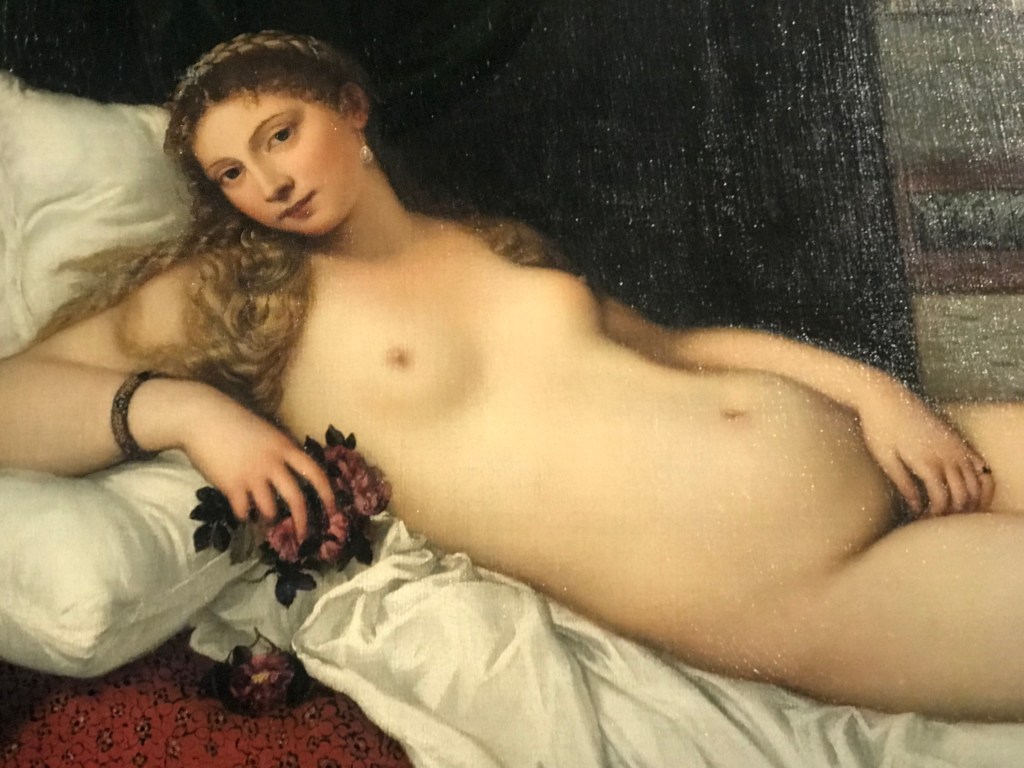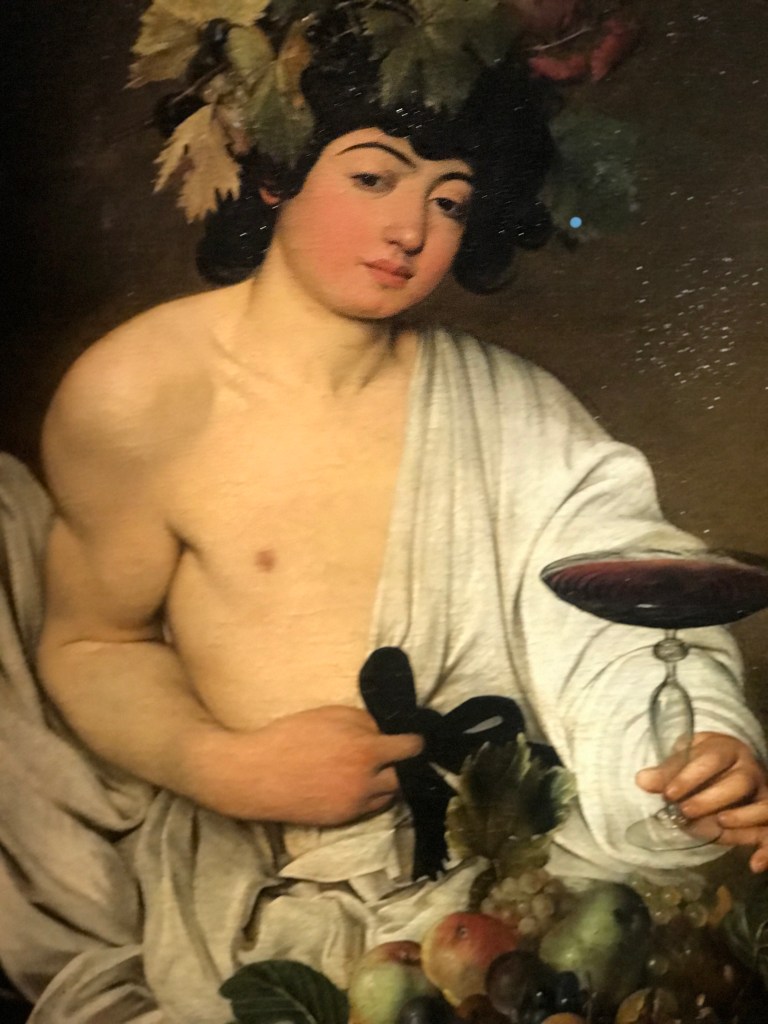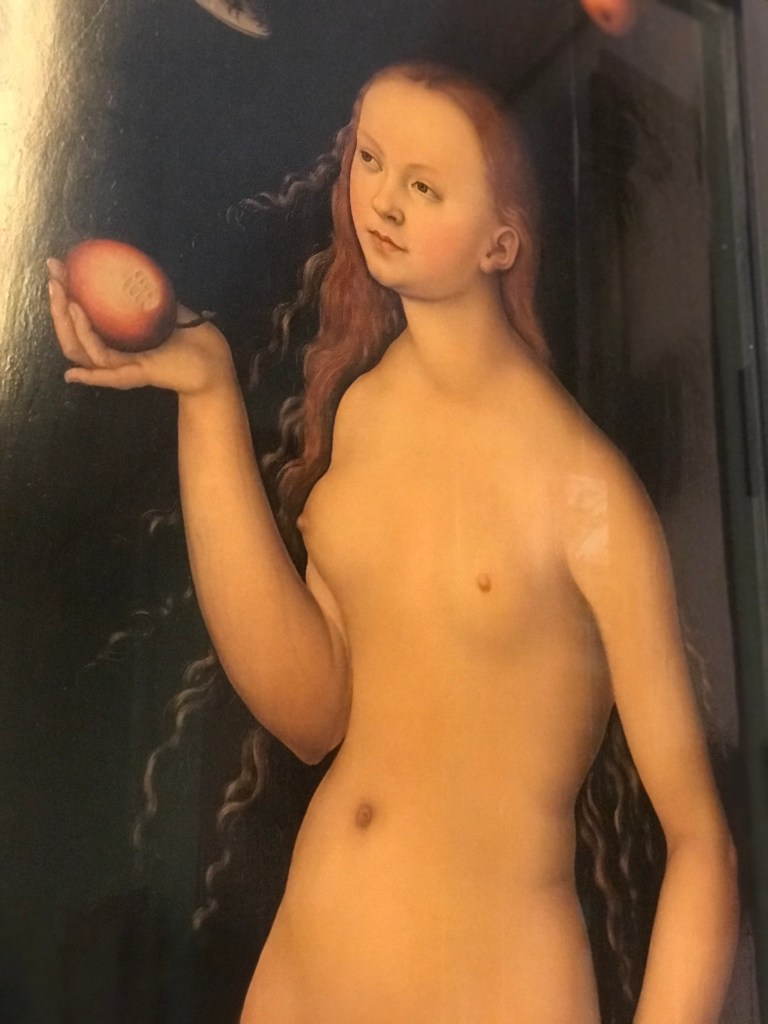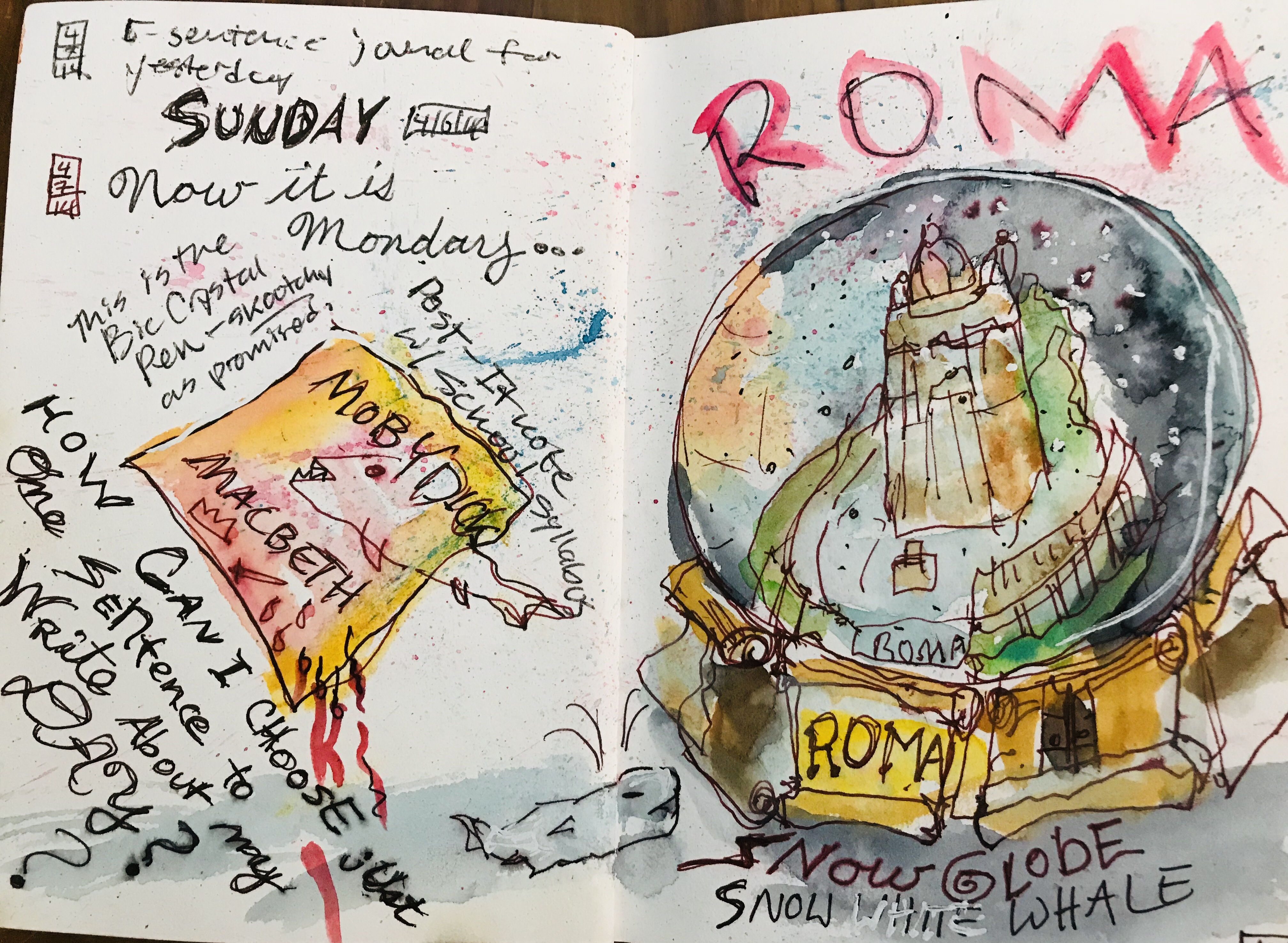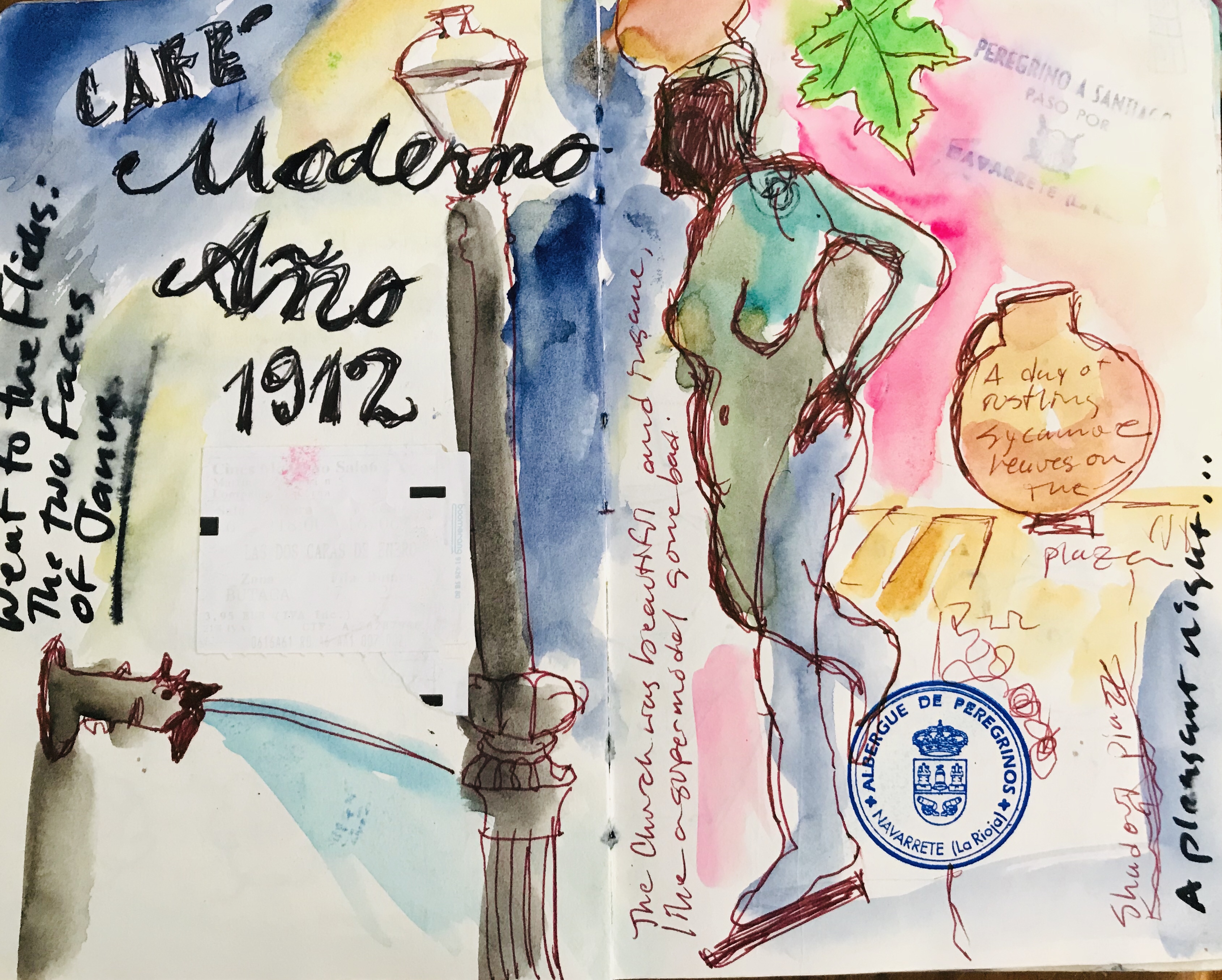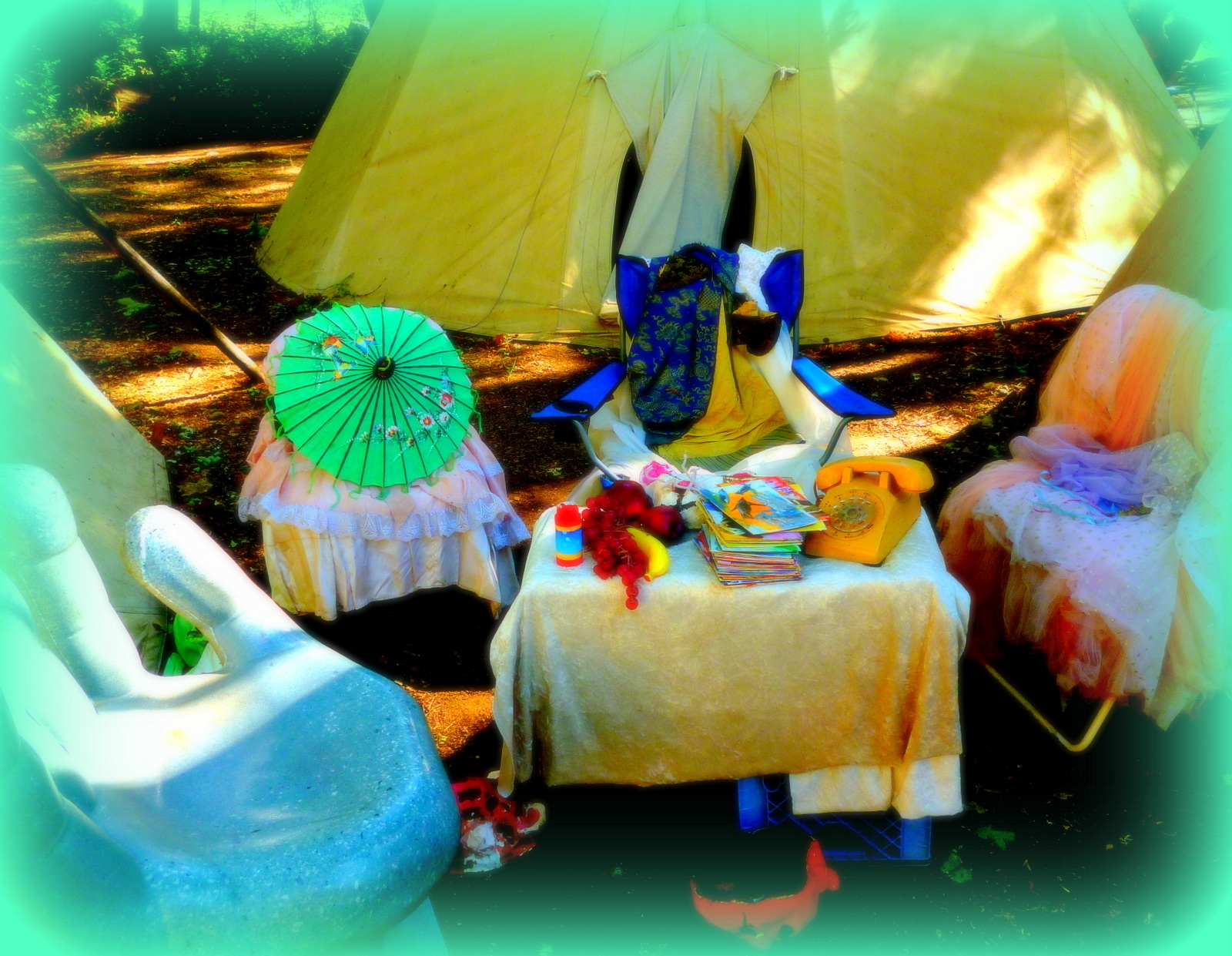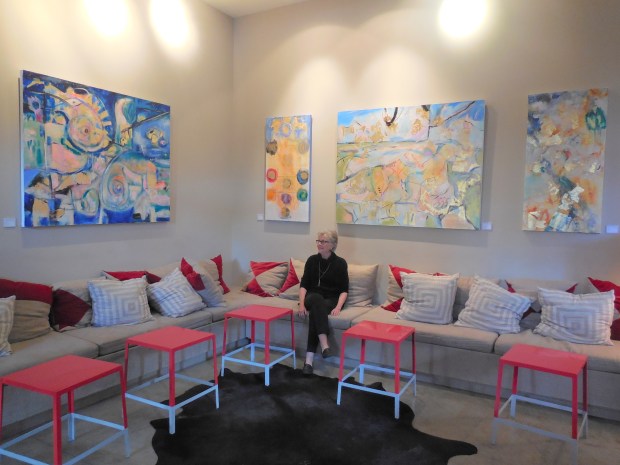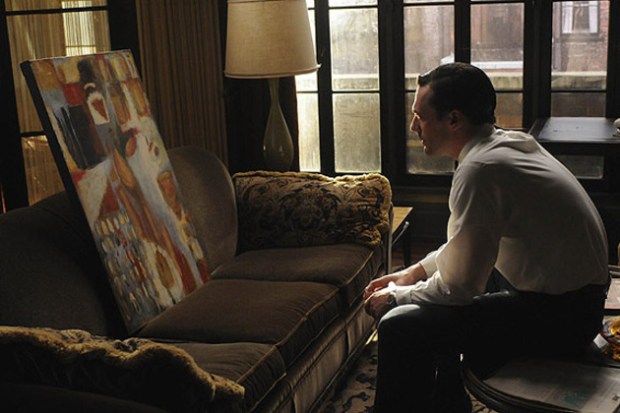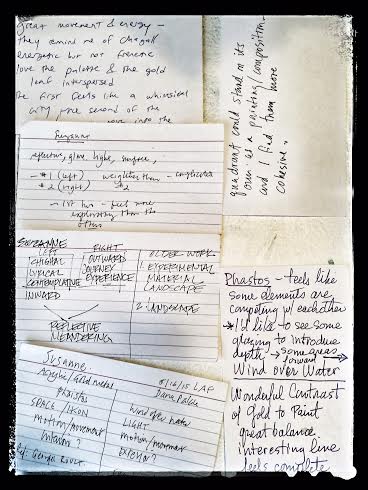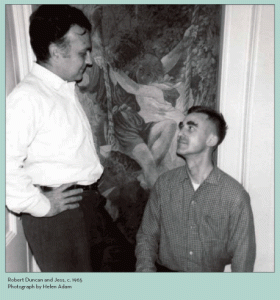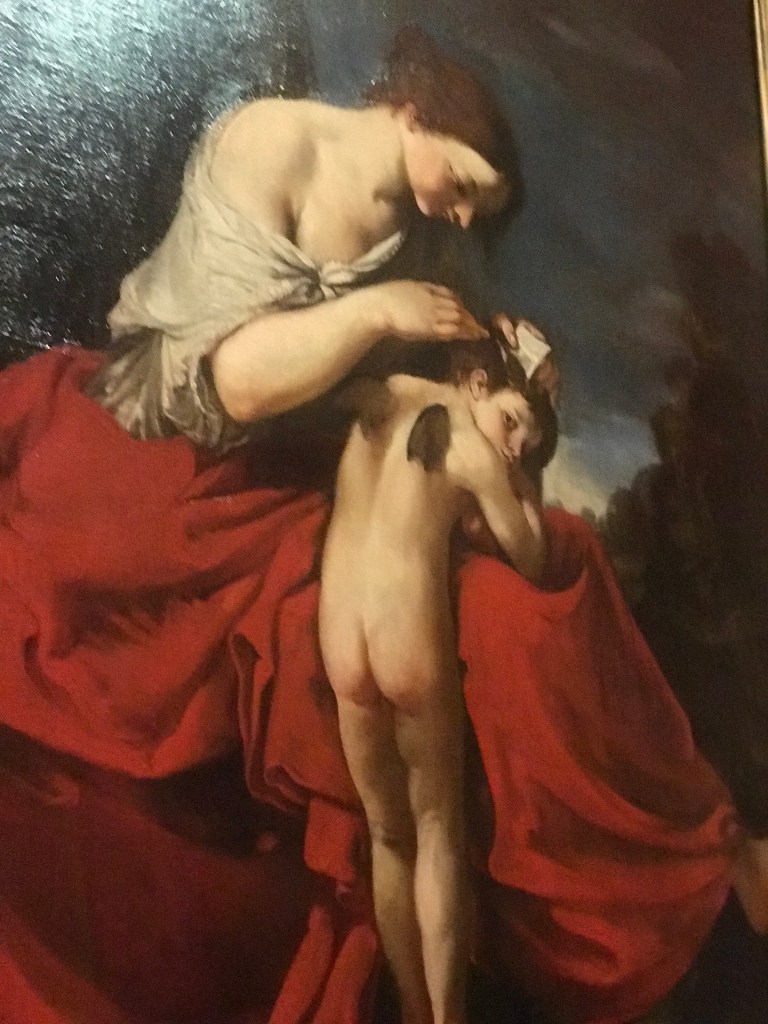
Florence forbids selfie sticks in museums. I don’t own one anyway, but I am starting a self portrait series all in reflections: mirrors, glass, windows, shelves. Viewing centuries of portraits, I want to make a few of my own. Because of this cruel restriction on self-documentation, some enterprising soul has started a Selfie Museum, where all you do is take selfies.

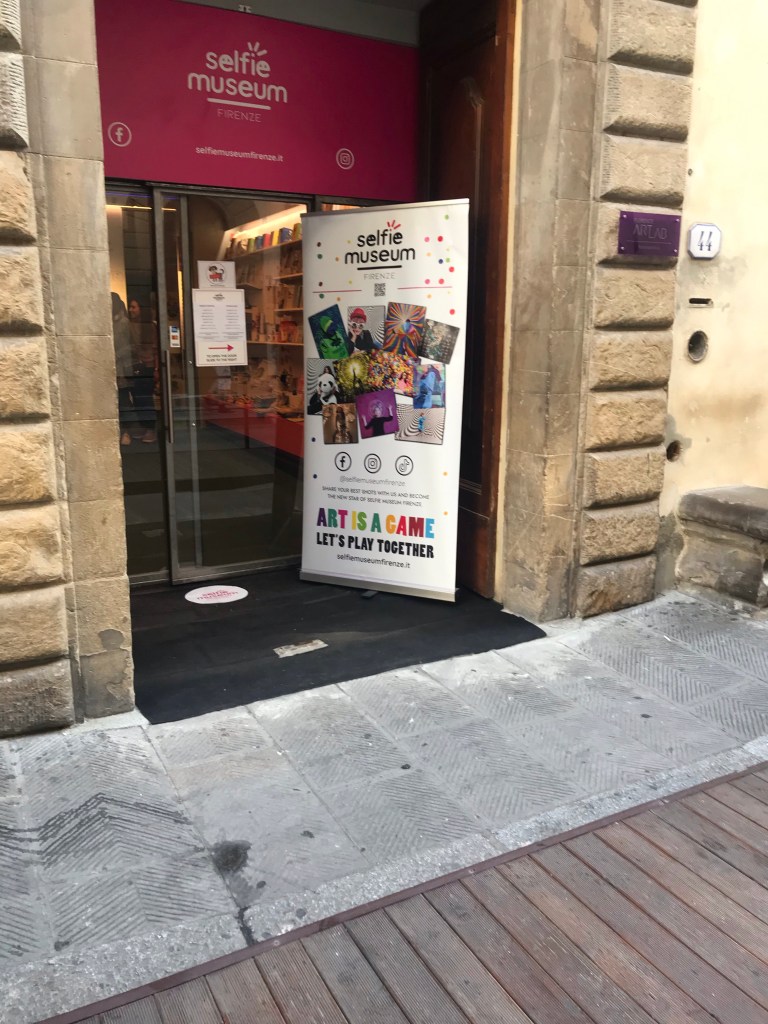
My head is in a spinning vortex of art. I am thinking all the time as I view, and it really makes me dizzy. My next blog post will have some of my ideas as an artist on all the art I’m seeing, and some thoughts on ancient art, the Renaissance, and Italian modernism, but for now I ‘m just sticking my toe in the water. I have now been to the Uffizi, Pitti Palace, the Novocento Museum of Modern Art, the Archeological Museum. I’m falling behind on my churches.
I found I really like the Pitti Palace, and the Uffizi. The Uffizi is completely beautiful in its gallery rooms, clean and modern, with 19th century corridors that access the modern rooms. I’ll get serious about the art later. In the Pitti Palace, it’s the old ways. The pile up of paintings creates a deep scrapbook or collage effect. The paintings talk to each other. Often it just gives you visual indigestion, but really, paintings love to be with other paintings. Painting loves sculpture and vice versa. From the Uffizi corridor, or connecting hallway, I viewed sculpture with paintings hanging above, and these irreverent, collage-type thoughts entered my head.



Speaking of pool boys, this city is chock full of naked guy sculptures. I was going to head up a blog post with that, but thought I might get censored. My friend Kalia said that she sort of got “Virgin toxic overload” in Florence. I am experiencing Naked Guys overload. I haven’t even been to see the famous David. I figure 25 smaller naked guys might equal one David. I thought of doing a series called “Florence as Seen Through the legs of Naked Guys,” but soon abandoned it because it was too easy. I did get a few photos, though.
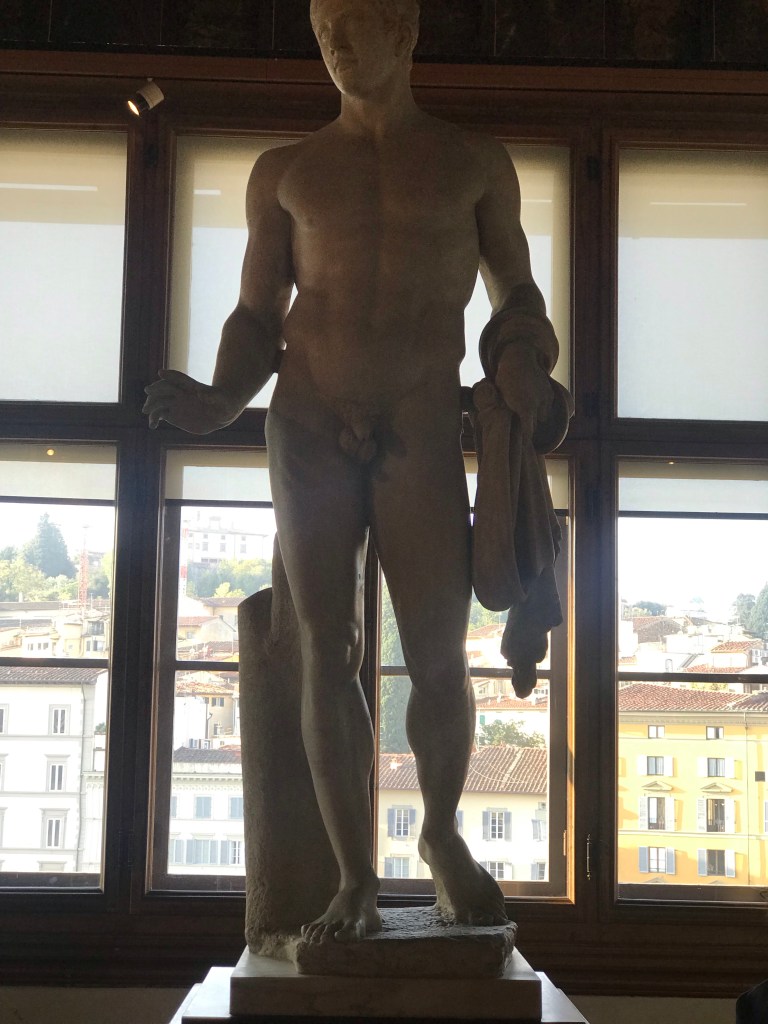
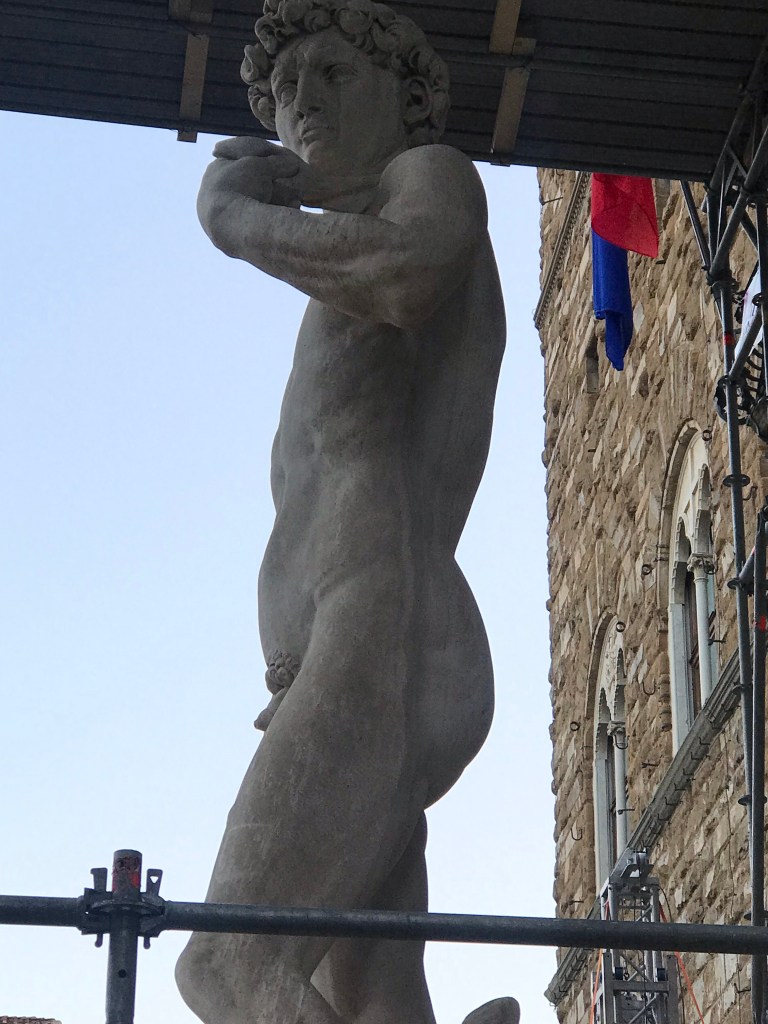

The Uffizi is like an art book came to life. As an artist, you enter a wonderland— down the rabbit hole. I am going three times, so I’ll focus on it later. I got there really early in the morning, for the 8:15 AM opening; you need reservations and advance tickets. I managed to sprint ahead to a few rooms for near-solo time with the Botticellis. The sun rises past 7:30 here so here’s what you see at dawn outside the Uffizi.


For now, I offer you a candy box of paintings from the Uffizi. See any old favorites? Don’t eat too many. I am making light of this because I feel dizzy all the time, close to laughing or crying. It’s my messed up sleep schedule combined with art flooding and the uncertainty of travel. It’s like I have to be two or three people because I’m alone, if that makes any sense. What a garden of delights. Florence is a treasure house, guarded by the curled and sleeping dragon of jet lag, and the weight of centuries of genius. I’m trying to snatch a coin or jewel from the lair.



